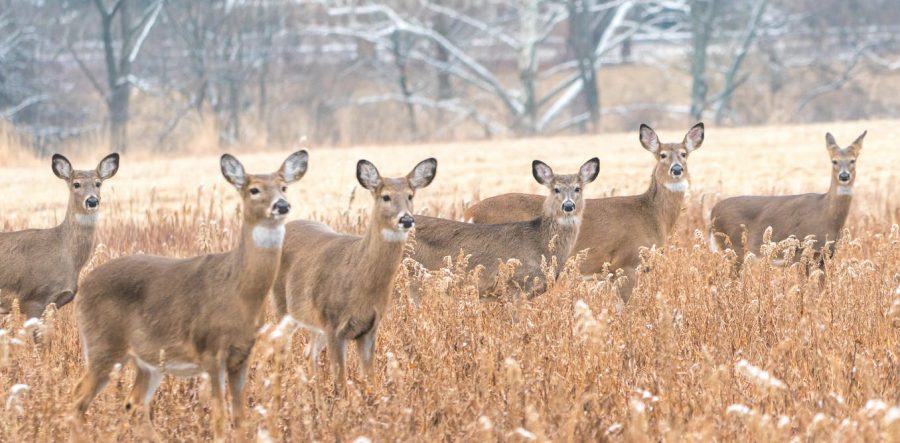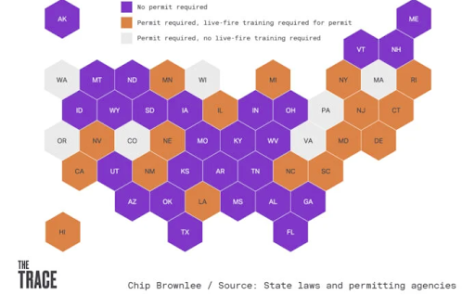Deer infected with COVID-19
Scientists have found six COVID-19 mutations in deer that are uncommon to people.
January 7, 2022
In 2021, the arrival of the omicron variant of COVID-19 proved that the pandemic was far from over. In 2022, new surprises relating to the virus continue to emerge.
Recently, scientists have discovered that white-tailed deer have been infected with COVID-19.
A report published by the Proceedings of the National Academy of Sciences of the United States of America (PNAS) stated that federal scientists tested blood samples of wild deer in Illinois, Michigan, New York and Pennsylvania for the virus. Of the 624 samples, about 40 percent collected contained antibodies, proving past infection in the animals.
This data matches a peer-reviewed Ohio State University study finding that 35.8 percent of 360 free-ranging deer in Ohio tested positive through nasal swabs.
“The sheer possibility that these things are happening and it’s unknown makes this very unsettling,” said Suresh Kuchipudi, a virologist at Pennsylvania State University.
While animals have been infected with COVID-19 before, such as lions and tigers in the first zoo outbreak at the Bronx Zoo in April 2020, the large size of the deer population makes the infection of this species even more concerning.
There are 30 million deer in the U.S., most of which travel in herds and communicate by touching noses, causing transmission rates to be incredibly high.
Especially frightening is the fact that the infection of deer also poses a new threat to humans.
“If they’re maintaining the virus, that’s a whole other host we need to be looking at for future variants. It complicates things considerably,” said Andrew Bowman, an associate professor of veterinary preventative medicine at Ohio State University.
It is possible that the virus could mutate in deer and be transferred back to people. It is also possible that variants extinct in the human population could be maintained in deer and reemerge.
Thomas DeLiberto, the assistant director of the National Wildlife Research Center, assures people that animal-to-human transmission is not the virus’ biggest threat at the current moment.
“The greatest risk to people still remains transmission of the virus from person to person. Could that change later on? Absolutely, and that’s why we’re doing these things to get a handle on what’s happening to deer,” DeLiberto said.
These new findings prove that there is a lot of information about COVID-19 that we are unaware of.







![“She [Walker] was the biggest advocate for any student,” said Basile.](https://mundismillmedia.com/wp-content/uploads/2023/05/Colorful-Watercolor-Note-Paper-with-Brush-Stroke-A4-Document-336x475.png)



